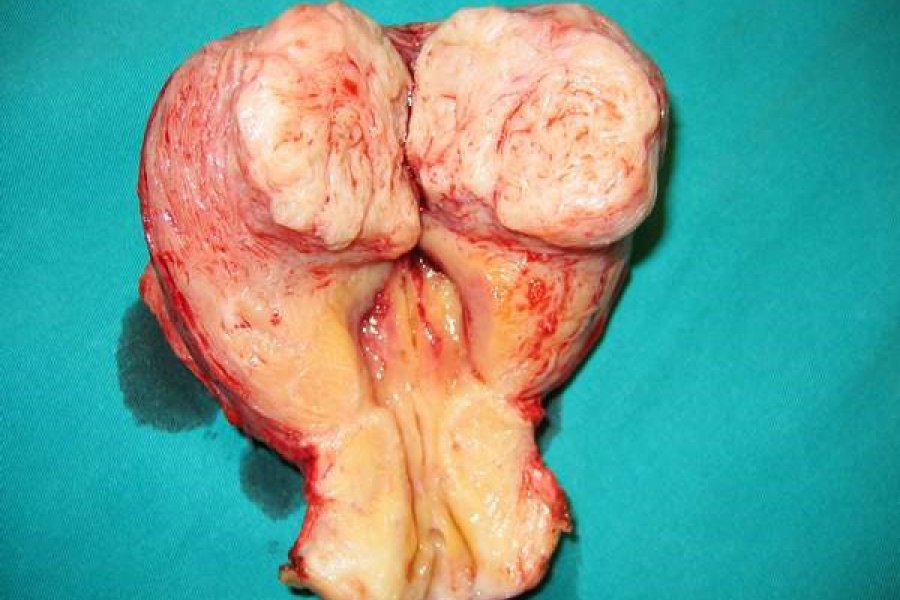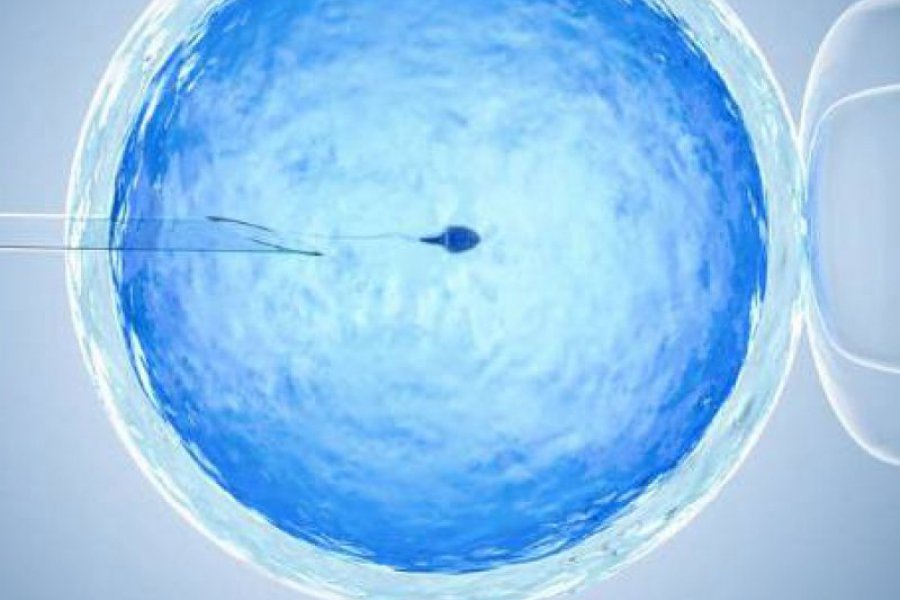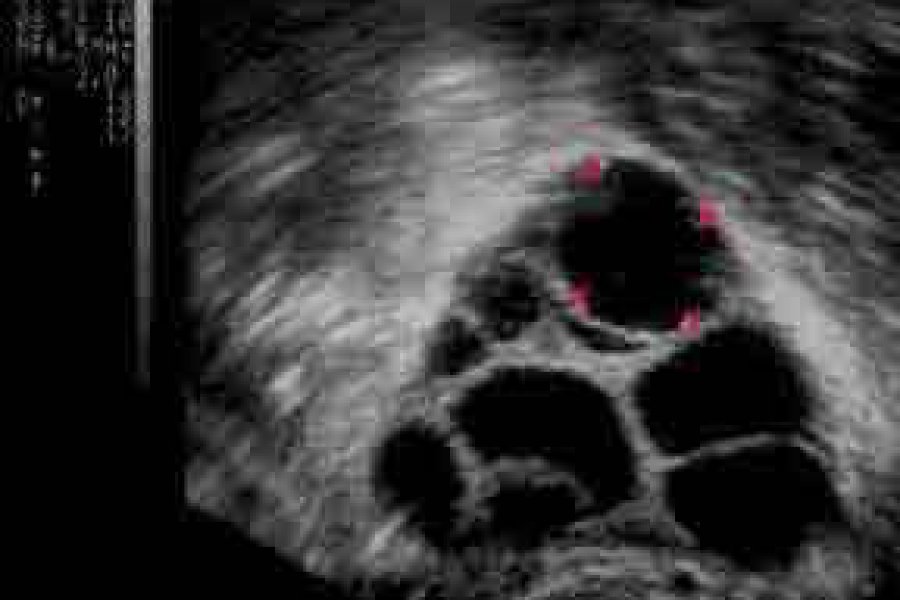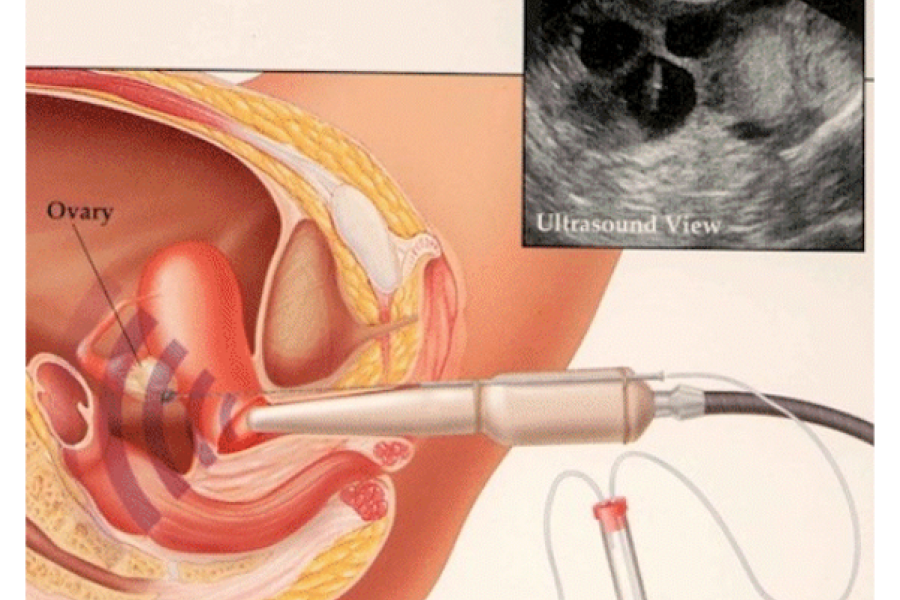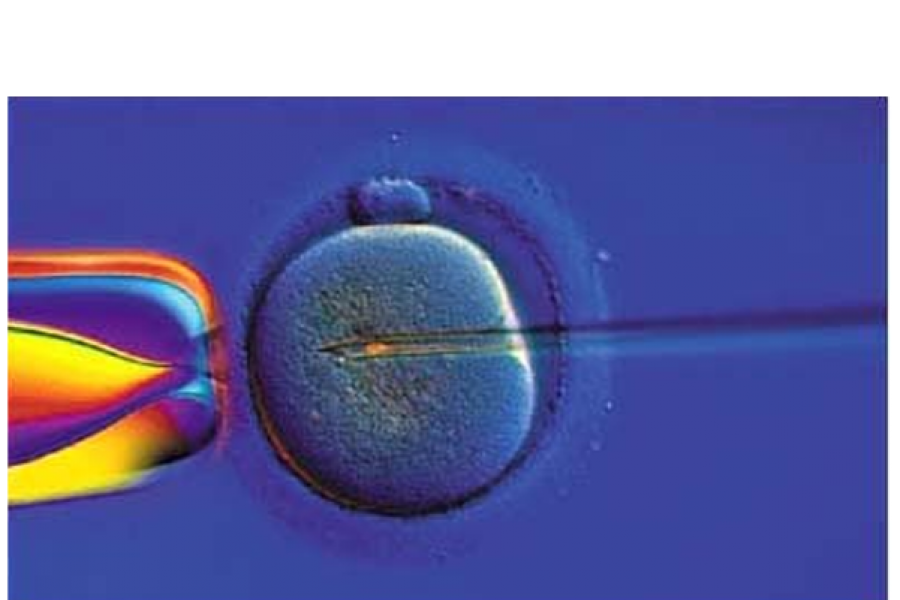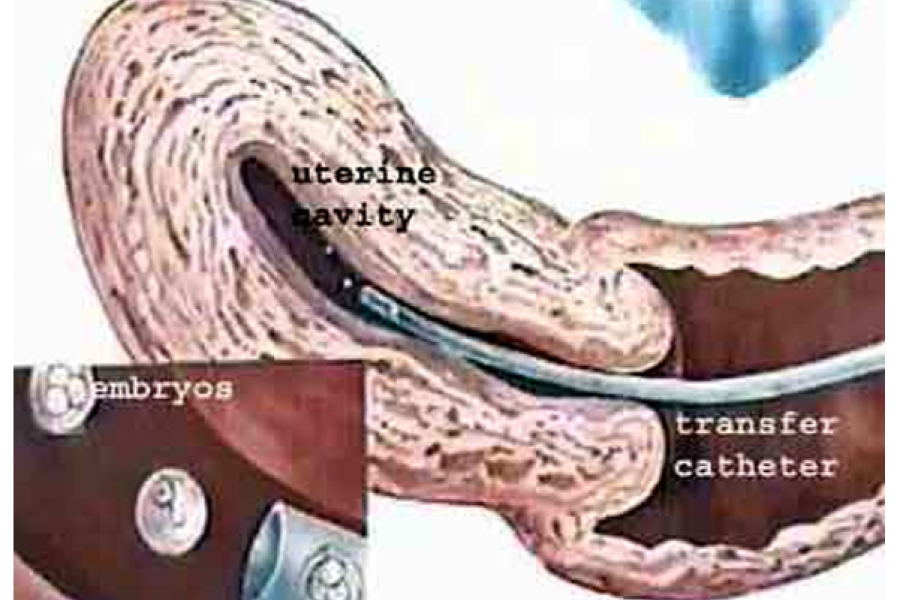Myomas (Leiomyoma, fibromyoma, fibroma, fibroid)
Myomas (Leiomyoma, fibromyoma, fibroma, fibroid)
Fibroids are tumors (ur) originating from the uterus (womb) and are the most common cause of hysterectomy (uterus removal) operations performed today. Myoma is seen in approximately 25-30% of women over the age of 35. As age progresses, the incidence of fibroids also increases. About 40% of women over the age of 45 have fibroids.
The size of fibroids is variable and can reach extreme sizes. They are hard, well-defined and distinguishable formations from their surroundings. Their surfaces are smooth, shiny and white.
Although its exact origin is not known, it is thought to originate from embryonic cell remnants in the uterus and smooth muscle cells of the vessels in the myometrium (uterus wall muscle). Fibroids are composed of smooth muscle, but may also contain some fibrous connective tissue element. They are estrogen (female hormone) sensitive formations, so they are formed during the fertile period. Fibroids can grow during pregnancy and decrease in volume after the woman enters menopause.
Fibroids do not usually cause much symptoms in women, but the following complaints may be present in women:
A woman with a myoma most often consults a doctor with the complaint of bleeding. Especially submucous (under the inner lining of the uterus) fibroids may cause excessive menstrual bleeding (bleeding may increase both in duration and amount, and there may be intermittent bleeding). Women with fibroids may have clotted bleeding.
Fibroids located submucous (under the inner lining of the uterus) can lead to infertility (inability to conceive) and miscarriage.
A feeling of pressure and fullness downward is another symptom seen in women with fibroids.
When fibroids grow excessively, they can cause deformity in the abdomen.
While the fibroids are growing, there may be pain due to the nutritional defect that will arise in the tissue.
Painful menstruation may rarely be due to fibroids.
If the fibroids are in a location that will block the tubes, it can lead to infertility.
Since myomas on the anterior surface of the uterus will press on the bladder (urinary bladder), patients may experience frequent urination and a burning sensation when urinating from time to time. There may be difficulty urinating.
Myomas that develop from the back of the uterus, on the other hand, may cause defecation problems as they will press on the large intestine. It can cause constipation.
Fibroids can also cause miscarriage during pregnancy.
They can cause problems during pregnancy by hindering the development of the baby.
They can cause premature birth in pregnancy.
They can also cause bleeding after birth.
If we classify fibroids according to their location in the uterus
Intramural fibroids are the most common type and are located within the uterine muscle wall.
Subserous fibroids are located just under the serosa (outer lining of the uterus) and protrude on the outer surface of the uterus, creating an indented surface.
Submucous fibroids are just below the endometrium, as they grow, they thin the endometrium and rise to the surface, causing bleeding. Submucous fibroids may also be pedunculated and eventually extend into the cervical canal or vagina, or even protrude from the vagina.
TREATMENT
In most of the patients diagnosed with fibroids, especially if the patient has no complaints, if the fibroids are small or if the woman is in menopause, it is sufficient to follow up the patient at six-month intervals. If the fibroid does not grow and the patient does not have any complaints, there is no need for additional treatment. If the patient has a bleeding complaint, drug therapy can be recommended, especially for patients who are approaching the age of menopause, because myoma will regress at menopause and the bleeding problem will disappear.
For patients with significant complaints, surgical intervention is the preferred treatment.
If the fibroid is larger than 6 cm in diameter or if the fibroid is growing rapidly, it should be treated. The definitive treatment is surgery and if the woman has a future childbearing plan, the uterine fibroids are surgically removed and the woman's uterus is preserved.
There is a possibility of sarcoma (cancer) at a rate of 1 in 200 in myomas. Sudden and rapid growth of the fibroid may be an indication of such a situation. Therefore, there is a definite indication for surgery in rapidly growing fibroids because this rapid growth may be due to cancer (sarcoma).
Currently, there is no effective and permanent drug treatment for fibroids, although some drugs can reduce fibroids, it is not possible to completely eliminate them, and fibroids usually return to their former size after the drug is stopped.
Myomectomy operations can be performed by laparotomy, as well as by laparoscopic surgery today.
